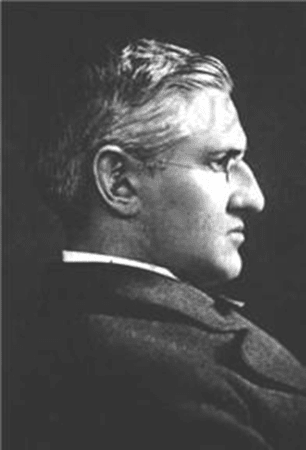In Accomack, Virginia, on the Delmarva peninsula, stands
a statue of Francis Makemie. Francis
came to the colonies in the year 1683, ordained by the Presbyterian Church in
Ireland to evangelize in America. For
over 25 years, he preached in Virginia, Maryland, Pennsylvania, New York and
Barbados.
To make ends meet, he engaged in trade. He married the daughter of a merchant and acquired some land. As a minister, he wrote a Catechism, disputed with Quakers, defended ‘dissenter’ churches (those that acted outside the authority of the Church of England) and organized and pastored churches.
He was licensed to preach in both Barbados and Virginia. Traveling to New York, the absence of a preaching license caused him difficulty. Accused (correctly) of preaching without a license, Lord Cornbury, the Governor of New York, arrested him and after languishing in prison for a couple of months was brought to trial. After a contentious trial, Makemie was found “not guilty” of the crime – a case which proved to be foundational to the later American concept of religious liberty.
Shortly after returning to Virginia in 1708, he passed away near his home in Accomack. He was buried in his family cemetery and a later monument proclaiming him the “Chief Founder” of the Presbyterian Church in the America. The inscription on the base of his monument reads, “Erected In Gratitude To God And in grateful remembrance of His servant and minister.”
Christian History e-mail, 04 Aug 2021
https://francismakemiesociety.org/index.html










